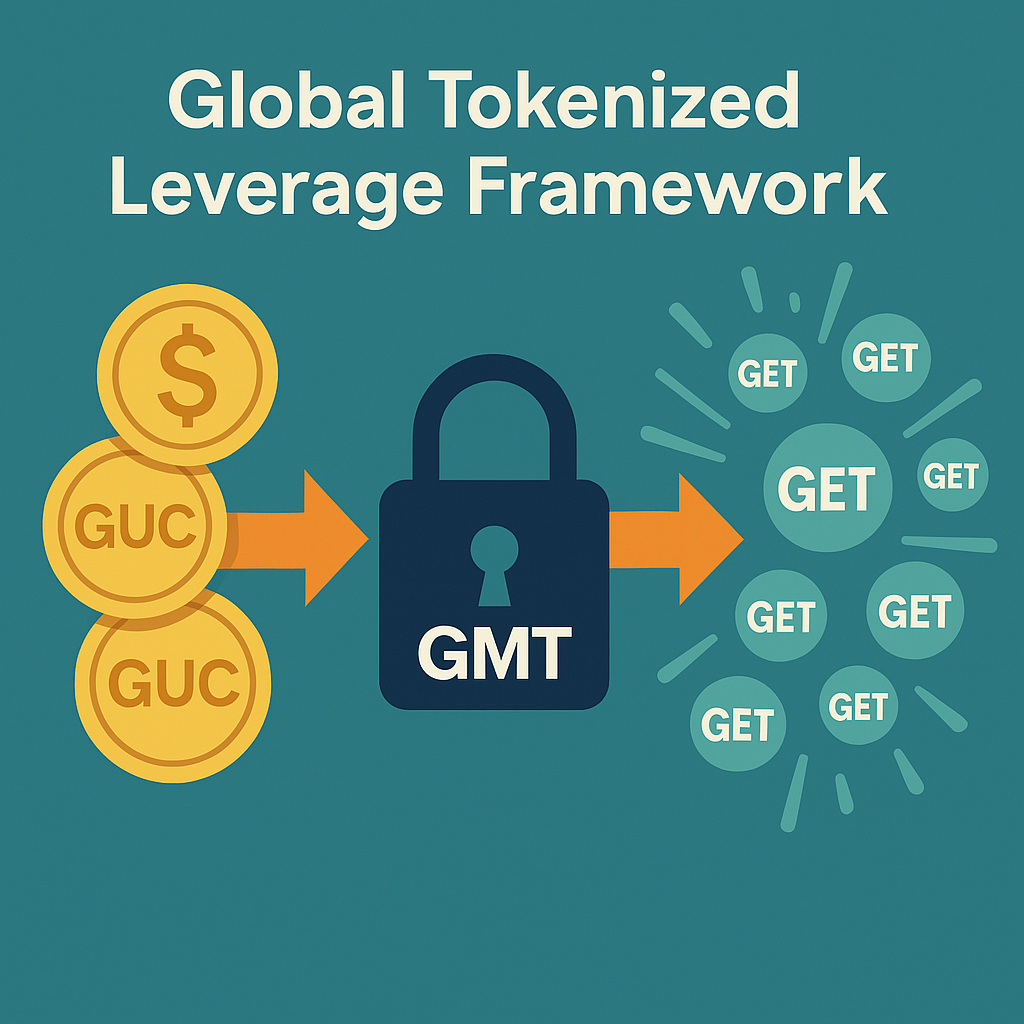Introducing the Global Tokenized Leverage Framework (GTLF): A New Paradigm for Internal Capital, Margin, and Risk Management
- May 13, 2025
- Posted by: Drglenbrown1
- Category: Financial Engineering

By Dr. Glen Brown
As we push the boundaries of proprietary trading, the journey toward fully programmable, auditable, and agile operations never ends. Today, we’re pleased to unveil the Global Tokenized Leverage Framework (GTLF)—an innovative, off-chain model that transforms how we think about capital, margin, and exposure within our closed-loop GATS ecosystem.
From Tradition to Tokenization
In most trading operations, capital is tracked in disparate ledgers, margin calls are managed through manual checks, and leverage is a static multiplier imposed by brokers. GTLF shatters this mold by:
- Unitizing Capital: Every dollar of proprietary capital becomes a Global Unitized Capital (GUC) token, ensuring a single, uniform measure across all strategies and desks.
- Automating Margin: When a position is opened, Global Margin Tokens (GMT) are minted to lock collateral; on close, these tokens are burned—seamlessly and instantaneously.
- Scaling Exposure: Introducing the Global Exposure Token (GET), which multiplies GMT by a configurable Global Leverage Amplifier (GLA) (e.g., 10 000:1), creating fully traceable notional exposure.
This off-chain, schema-driven approach combines the rigor of smart contracts with the speed and privacy of internal processing—no external blockchain required.
Key Pillars of GTLF
- Branded Unitization
- A formal declaration: 1 GUC = USD 1.00, minted and burned via internal ledger operations.
- Schema-Driven Token Logic
- Defined in YAML registries, token rules enforce minting, burning, and non-transferability where needed—all off-chain but cryptographically chained.
- Dynamic Leverage Controls
- Through GLA, Risk Teams can adjust leverage policy per strategy, with automatic reductions upon drawdown thresholds.
- Margin Insurance & Rehypothecation
- Exclusive to GTLF are Margin Insurance Tokens (MIT) and cross-strategy rehypothecation services, creating internal markets for risk capital.
- Seamless GATS Integration
- Every trade event triggers token operations in real time, with nightly reconciliation against GATS P&L and risk reports.
Workflow at a Glance
- Capital Deposit → GUC minted
- Open Position → GMT minted; GET minted = GMT × GLA
- Active Risk Management → GLA auto-adjustments; margin-call alerts
- Position Close → GET burned; GMT burned; P&L settled in GUC
This level of automation reduces manual touchpoints and ensures that every dollar of risk is tracked on an immutable ledger.
Why GTLF Matters
- Transparency: Every unit of capital, margin, and exposure is logged in an append-only, HMAC‑chained ledger.
- Efficiency: Automated mint/burn workflows minimize delays and operational overhead.
- Control: Fine-grained, code-enforced risk policies—no more static leverage limits.
- Innovation: Internal insurance pools and rehypothecation are first-of-their-kind features.
Looking Ahead
GTLF is more than a framework; it’s a philosophy. By demonstrating how “open” tokenization concepts can thrive within a closed business model, we reaffirm our commitment to continuous innovation. In the coming months, we’ll roll out:
- A governance portal for real-time GLA management
- Marketplace modules for MIT and rehypothecation
- Scalability enhancements, including optional migration to a permissioned ledger
Stay tuned for deeper dives, tutorials, and live demonstrations—because at GFE and GAI, the future of financial engineering is already here.
Connect with us: Follow our LinkedIn and Twitter channels for updates, whitepapers, and thought leadership on proprietary trading innovation.
About the Author
Dr. Glen Brown is the President & CEO of Global Financial Engineering, Inc. and Global Accountancy Institute, Inc. With a Ph.D. in Investments and Finance and over 25 years of experience in proprietary trading, financial engineering, and risk management, Dr. Brown has pioneered advanced algorithmic trading frameworks such as GATS, MEMH, and DAATS. A thought leader in blending metaphysical insights with quantitative models, he drives innovation in closed-loop trading ecosystems.
Risk Disclaimer
This article is for informational and educational purposes only and does not constitute financial, investment, or professional advice. Proprietary trading and leveraged strategies involve significant risk of loss. Past performance is not indicative of future results. Readers should conduct their own due diligence or consult a qualified advisor before making investment decisions.
